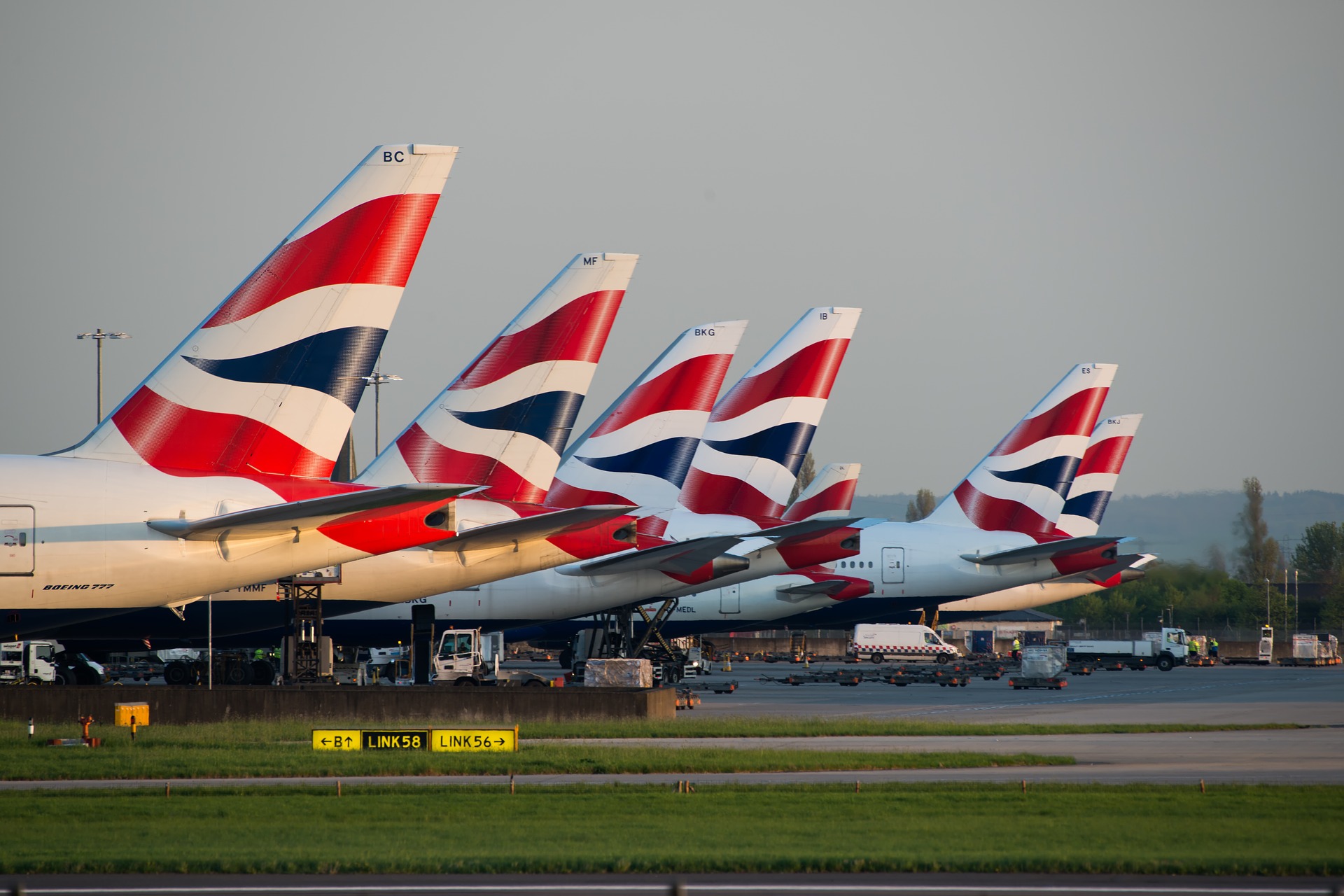Transatlantic Subsonic Flight Record
Pretty much my entire adult life I have regretted not ever getting to fly on the Concorde. It ended service in 2003 following a deadly accident and the realization that it was just too expensive to operate. Since then commercial air passengers have been stuck with the 550 MPHish planes that we all know and love.
The Supersonic Record
On February 7, 1996 the Concorde set the transatlantic airliner flight record by completing a flight from JFK to London Heathrow 2 hours 52 minutes and 59 seconds. That speed record may not be broken for quite some time or at least until new supersonic jets hit the market, but that didn’t stop passengers on Saturday from getting quite a ride.
A New Subsonic Champion (Or 3)
British Airways flight 112 smashed the subsonic transatlantic record the other day due to an amazing amount of wind. Specifically the 747-400 aircraft made the trip in 4 hours and 56 minutes while reaching speeds of up to 825 MPH! Want to know what is even crazier? Two Virgin Atlantic planes flying the same route at around the same time came in within 1 and 3 minutes of that time. The previous record was 5 hours and 13 minutes held by Norwegian Air.
It’s true that we were narrowly beaten by a BA Boeing 747, however they had twice the amount of engines and burnt twice as much fuel as Captain Chris in our brand new, fuel efficient Airbus A350-1000 😎
— Virgin Atlantic (@VirginAtlantic) February 9, 2020
No Sonic Boom
While the plane did technically break the speed of sound, it doesn’t work the same as when say the Concorde did it. According to CNN, “Although the BA plane was clocked apparently going faster than the speed of sound — 767 mph — it would not have breached the sonic barrier because it was being pushed by the air around it. Even when traveling at more than 800mph, the 747 was traveling much slower than the speed of sound relative to the air around it.”
Bottom Line
Even if there was no sonic boom, getting from New York to London in under 5 hours plus the bragging rights of being on the fastest subsonic transatlantic flight would have been enough for me!
Have you ever caught a tail wind and flown significantly faster than normal? Did you fly on the Concorde? Share your story below!




I was on a Royal Jordanian flight in August 1988 from JFK to AMS that took only 5h 55min, which was Pretty fast for that route, but unsure, if it was a record.
I am sure that the wonderful folks at the LHR immigration booths did all they could to vigorously counteract all time gained…
I flew on the Concorde, and it was spectacular. Sky dark at mid-day, with visible stars. Curvature of the Earth. Windows hot from friction. Cheering when we reached Mach 1 and Mach 2 on cabin read-out. A Concorde tie bar that I still treasure. There must be good YouTube videos of what it was like.
You said it technically broke the speed of sound… no not at all. The 747 did not in any way shape or form break the speed of sound. True air speed was probably around 550mph with a 250mph tailwind. If it “technically” broke the speed of sound the aircrat would have experienced quite the “mach tuck” as it neared the speed of sound. The air on top of the wind alwsys moves faster than the air around it and since the swetpback airliner wing is not designed to break the speed of sound as the aircraft approaches Mack 1.0 passengers would have felt quite a nose-down sensation. Again this aircraft was going the same speed as it always does through the air and di not technically break the speed of sound
Pick apart my words if you want but I said it didn’t break the sound barrier. By saying “technically” I was alluding to the fact that it physically traveled from one point to the other faster than the speed of sound and that’s pretty clearly explained. Thanks for the comment Ryan!